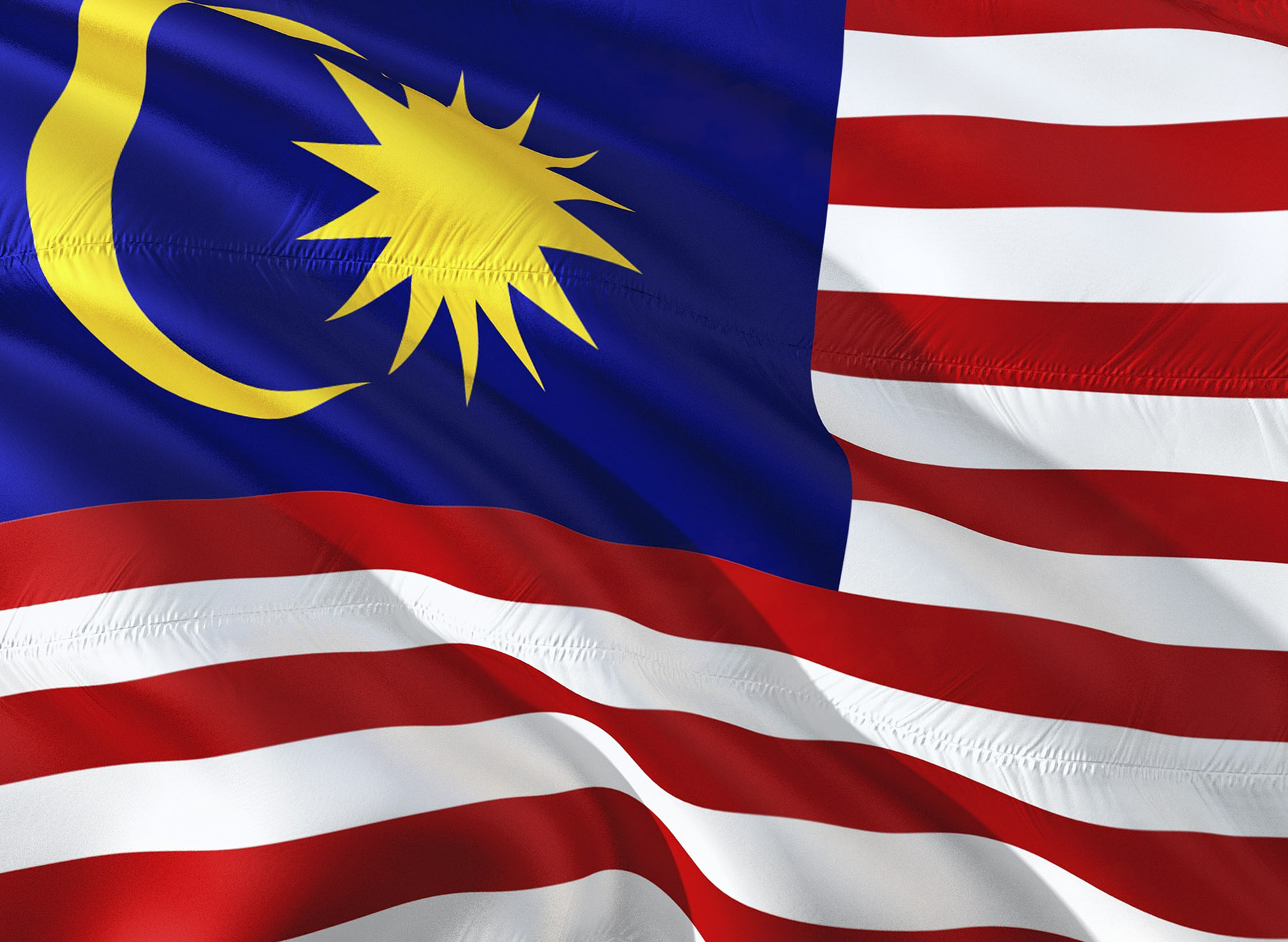Six years ago, the cultural and historical sculpture, Lunar Peaks or Puncak Purnama (‘the Sculpture’) made the national headlines when an unprecedented sum was awarded to compensate its sculptor, the late Datuk Syed Jamal, a household name in the Malaysian arts scene, for the unauthorised modifications made to the Sculpture. Recently, the Sculpture made its way back to the local dailies when it was demolished on July 1st 2016.
In this article, we attempt to discuss issues arising from the recent demolition of the iconic Lunar Peaks in light of moral rights under the Malaysian copyright law.
The sculpture: The 30-year old sculpture comprises two broad-based right-angled triangles enveloped in luminous white ceramic tiles. Lunar Peaks, a masterpiece by the late Datuk Syed Jamal (‘the Sculptor’), is well known for its play of light, the union of sky-earth-water and its stepped ascending surfaces inspired by the mythical Gunung Ledang.
Lunar Peaks was commissioned by UMBC Harta Sdn Bhd in 1985. It was completed in 1986 and its commissioner handed the Sculpture over to the Kuala Lumpur City Hall, also known as Dewan Bandaraya Kuala Lumpur (‘DBKL’) in November of the same year, as a gift to fellow residents of Kuala Lumpur.
A few years later, DBKL modified the Sculpture without permission from its Sculptor. The white ceramic tiles were removed and replaced with stainless steel plates. Steel tubing was fixed along the perimeter of the Sculpture and black tiles were used to replace the deep blue tiles in the reflecting pool of the Sculpture.
The lawsuit: The Sculptor sued1 DBKL for the unauthorised modifications, claiming that his moral rights were infringed. He was awarded damages in the sum of MYR750,000 and was granted a declaration to the effect that he had the absolute right to replicate the Sculpture at other places. The rulings were celebratory, especially for the arts fraternity, as they were exemplary of the legal implications of any wilful defacement of an artwork.
The demolition: Since then, the stainless steel plates were removed and no restoration works were made to the Sculpture. On July 1st 2016, the Sculpture was demolished by DBKL, claiming that it was “lifeless”. The demolition caused an outcry amongst members of the arts community and heritage lovers, with some labelling it as an “institutionalised vandalism” and “a great loss to the nation’s cultural heritage”. The question that arises, however, is whether the demolition of the Sculpture has infringed the moral rights of the Sculptor.
Rights of an author: The Malaysian Copyright Act 1987 (‘the Act’) protects the economic and moral rights of an author. Economic rights allow an author to derive economic benefits and financial rewards from the use of his works by others. The economic rights are granted to an author as the first copyright owner of the work. However, these rights may be transferred to a third party through a license or assignment.
Moral rights, on the other hand, protect the non-economic facets of an author’s work, such as, preserving his reputation and honour. Unlike economic rights, moral rights are personal rights that are non-transferrable and will remain vested in the author, regardless of whether he owns the economic rights.
Dimensions of moral rights: Moral rights of an author are embodied in section 25(2) of the Act. Two aspects, namely, the right to paternity and right of integrity, are protected under the realm of moral rights.
The right to paternity provides an author with a right to be identified as the author of the work. Thus, any presentation of the author’s work without naming or identifying the author is disallowed.
The right of integrity, on the other hand, protects an author against derogatory treatment of his work. In this regard, section 25(2)(b) of the Act explicitly prohibits any distortion, mutilation or other modification of the work that significantly alters the author’s work, which has the effect of compromising his honour or reputation.
Time limit: Moral rights will last for the whole duration of copyright in the work, which is the lifetime of the author, with an additional 50 years after his death. Once the copyright in a work expires, the moral rights in such work will also cease. Although the Sculptor passed away in 2011, his moral rights in the Sculpture continue to subsist as the Sculpture is within the copyright protection period. The infringement of his moral right is actionable by his personal representatives.
The hurdle?: A scrutiny of section 25(2) of the Act suggests that acts infringing moral rights of an author include alterations that adversely affect the author’s honour or reputation resulting from the distortion, mutilation, and modification thereof. The question that arises, however, is whether the act of demolishing altogether is a violation of moral rights. Copyright law2 in the United States expressly states that violation of an author’s moral rights extends to any intentional or grossly negligent destruction of a work. Thus, the jury is still out on whether the act of demolition would fall within the scope of section 25(2) of the Act.
Conclusion: The outcome of the suit, if at all, will not change the harsh reality that Lunar Peaks is now a heap of rubble. This incident has been a lesson to many about appreciating an author’s work, as each and every piece is the manifestation of his intellect and personality that may not be expressed monetarily.
–––––––––––––––
Endnotes
1. Syed Ahmad Jamal v Dato Bandar Kuala Lumpur [2011] 2 CLJ 569, High Court.
2. U.S. Code: Title 17 – Copyrights, section 106A: Rights of certain authors to attribution and integrity.
–––––––––––––––
Zul Rafique & Partners
D3-3-8 Solaris Dutamas, No 1 Jalan Dutamas 1, 50480 Kuala Lumpur, Malaysia
Tel: (60) 3 6209 8228 / Fax: (60) 3 6209 8221
E: look@zulrafique.com.my
W: www.zulrafique.com.my















 Zul Rafique & Partners
Zul Rafique & Partners Dato’ Zulkifly Rafique
Dato’ Zulkifly Rafique




